Morning comes softly to the Riviera. From the balcony at the Maybourne Riviera, the Mediterranean stretches out like glass, Monaco shimmering below. The hotel sits so close to the edge it feels suspended between sea and sky, a fitting place to meet Volvo’s new flagship, the all-electric ES90.
This was never a test of speed. The roads between Nice and Èze climb and curve in slow rhythm, winding around the mountains like ribbons. Here, comfort and control matter more than numbers. The ES90 settled into this environment naturally. It feels larger than a traditional sedan, closer in stance and presence to a mid-size SUV, but it moves with quiet restraint.

The first impression is silence. Not the sterile quiet that isolates, but a calm that feels deliberate. At low speeds through the old village roads, you hear almost nothing until the Bowers & Wilkins system fills the cabin. The sound is clear and balanced, and the silence around it gives each note space to breathe. Volvo has always understood the value of quiet. In the ES90, that quiet becomes part of the luxury itself.
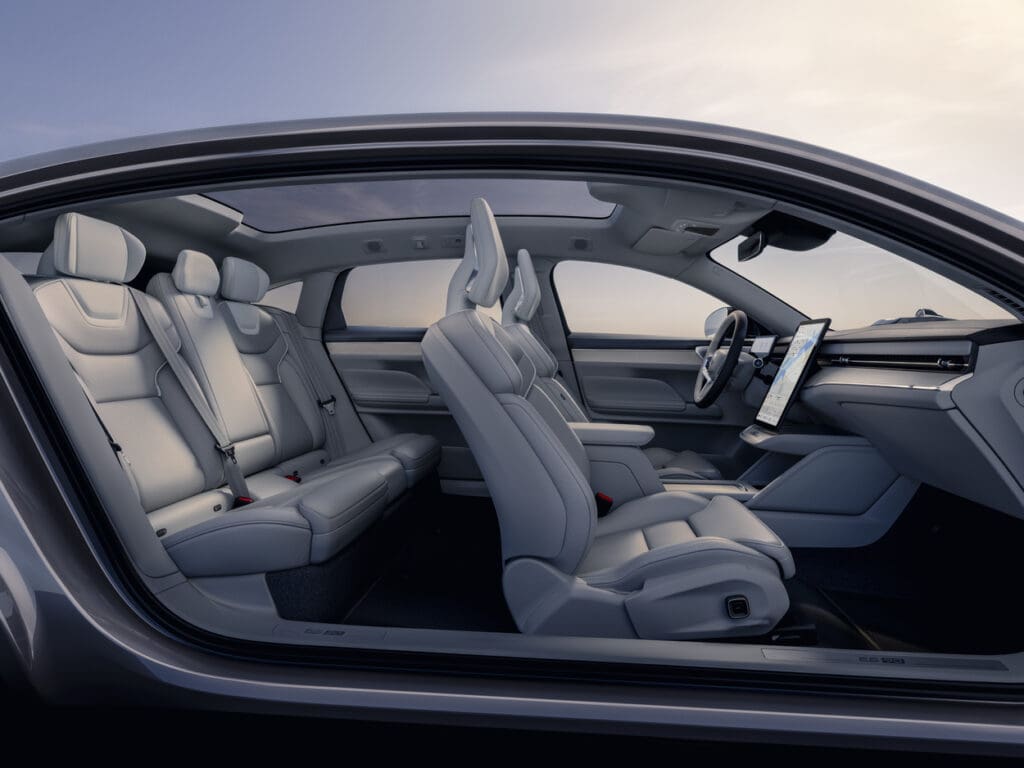
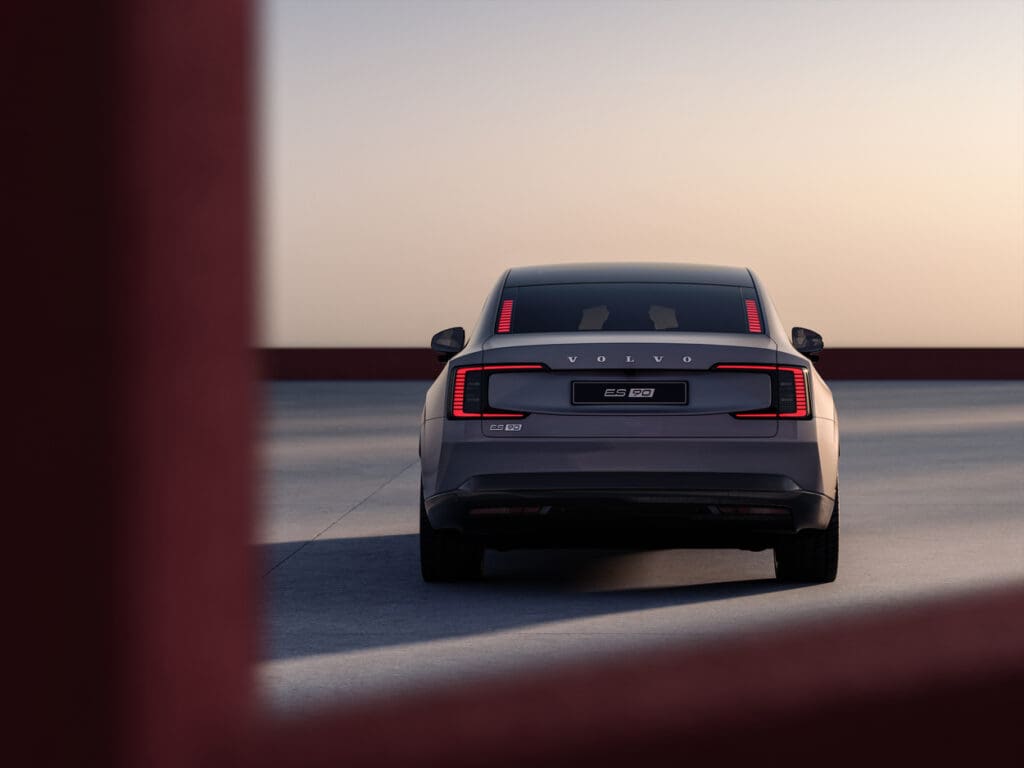
Light plays its own role in that atmosphere. The panoramic glass roof stretches wide across the cabin, letting sunlight pour in until the interior feels almost weightless. Driving along the Promenade des Anglais in Nice, the tops of the palm trees drift past above us, a reminder that the car connects you to your surroundings rather than sealing you off from them.
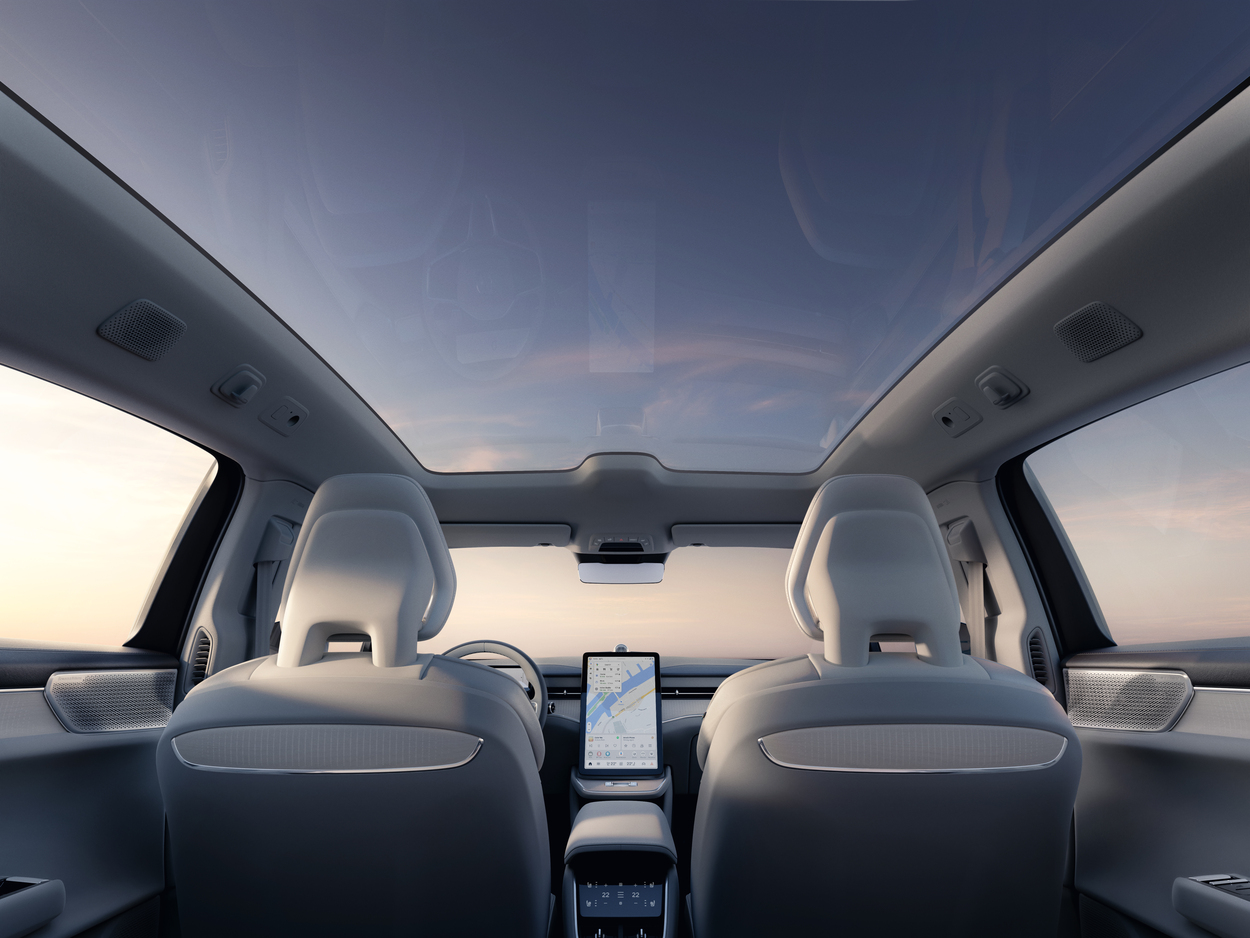
The seats reinforce that idea. The driver’s position is high with excellent visibility, and the rear seats recline just enough for long-distance ease. Volvo has clearly considered the comfort of every passenger. The ride remains composed even over broken mountain asphalt, which says much about the chassis tuning and suspension balance.

Volvo Heritage joined us on this trip, bringing a PV544 from the late 1940s. Riding in it was a reminder of how far the brand has come. Its shape is round and optimistic, born from postwar ideals. Watching it glide through the same bends that the ES90 would later trace in near silence felt symbolic. Both cars reflect the same Swedish sensibility, shaped by different eras but driven by the same purpose.
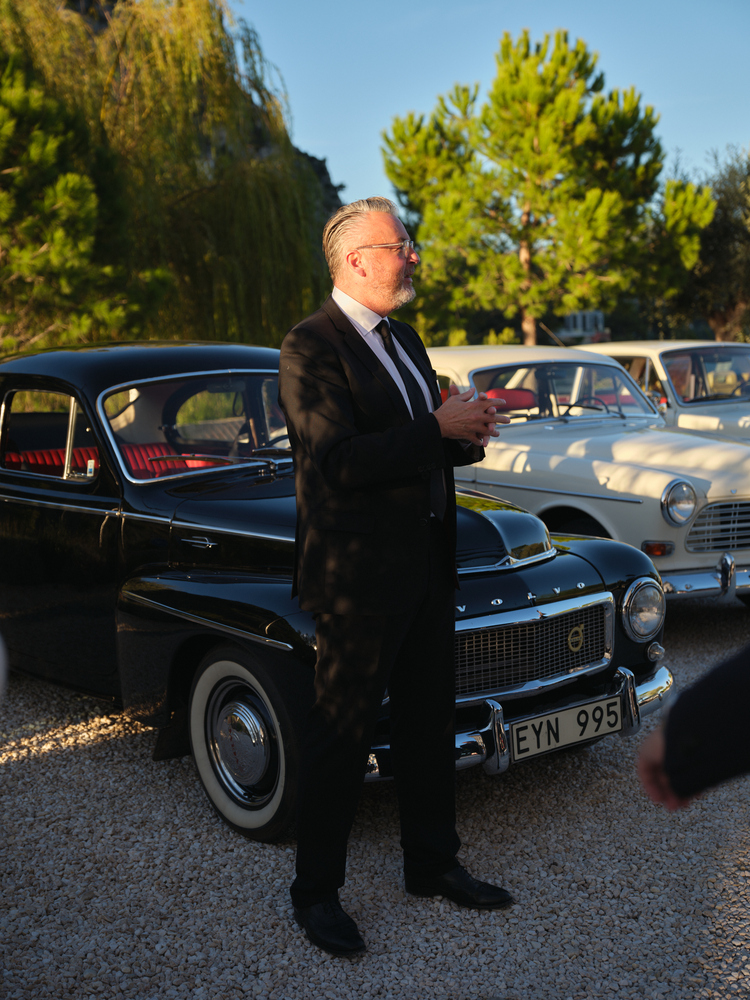
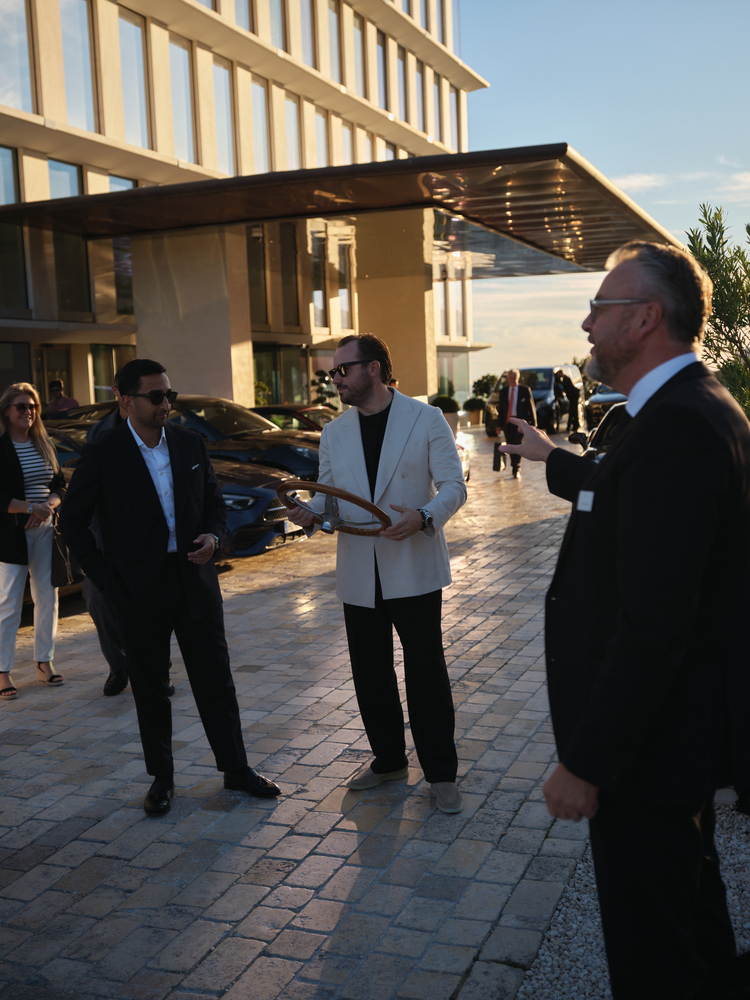
That evening we dined at Château Eza, a Michelin-starred restaurant set in a medieval stone village once owned by Prince Wilhelm of Sweden. The connection to Swedish history felt quietly fitting. The terrace overlooks the coast, candlelight catching the sea far below. From that height, the ES90 parked in the village looked modest, as Volvos often do, but there is an integrity in that understatement.
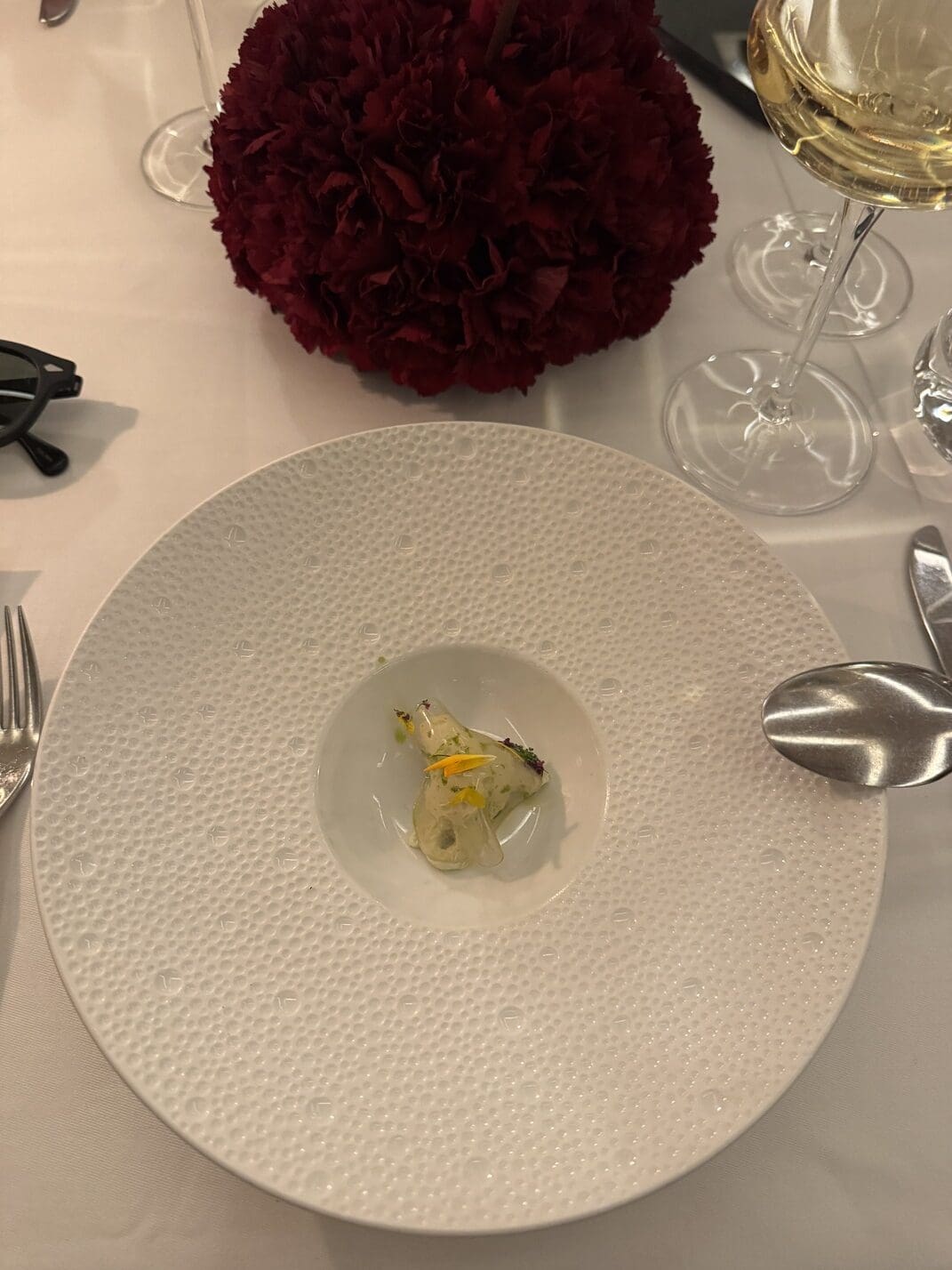
Driving back to the Maybourne Riviera, the ES90 felt completely at home. The light signature from the Thor’s Hammer headlights cut through the dark corners with precision. There was no noise or drama, only smooth confidence.
As refined and composed as the ES90 is, I found myself thinking that I would still choose the EX90. We wrote about it earlier this year, and it remains the more versatile car for real life. The ES90 is elegant and beautifully built, but my preference leans toward the space and practicality of an SUV. Still, the drive through the South of France reminded me that Volvo’s quiet pursuit of comfort and integrity is something worth slowing down for.
Read more about Volvo here.